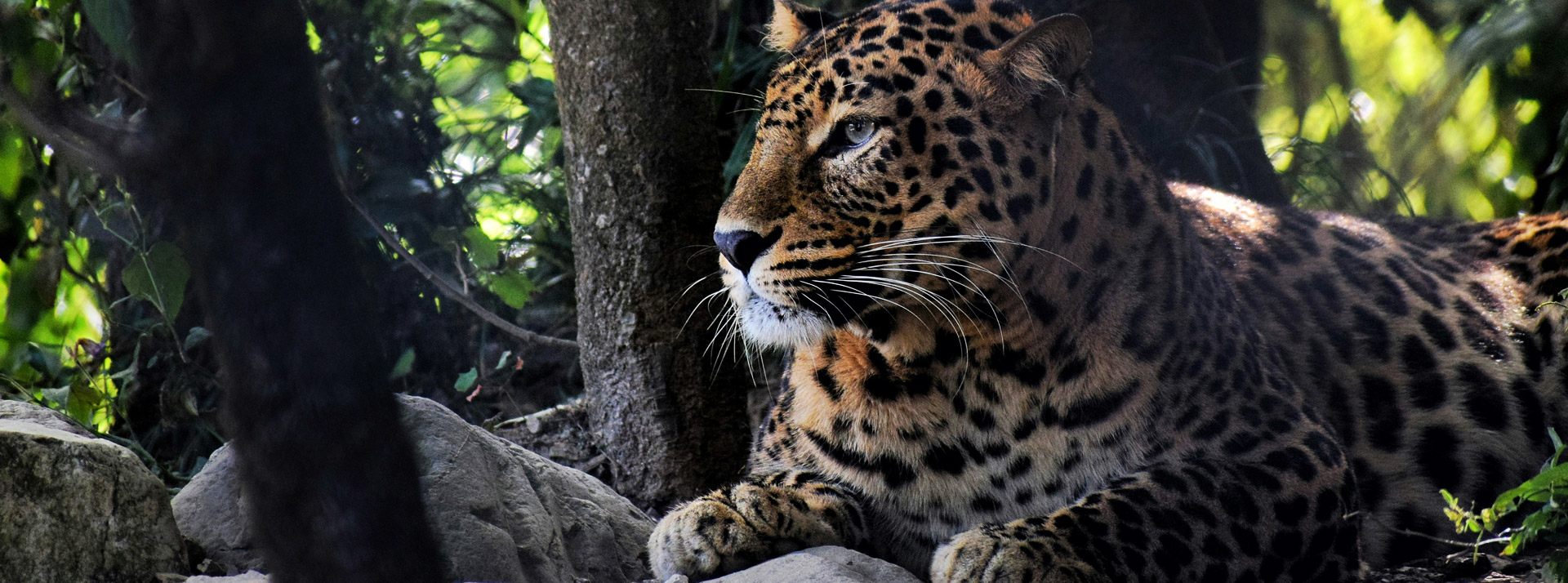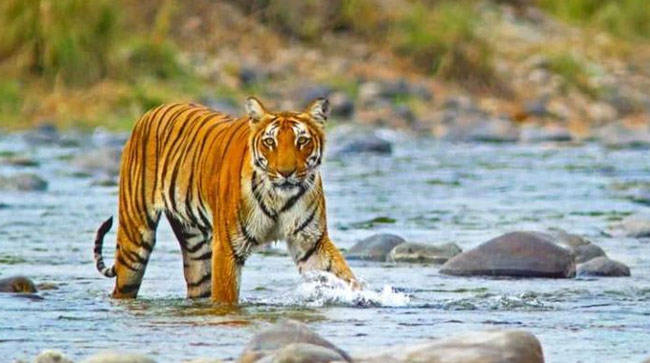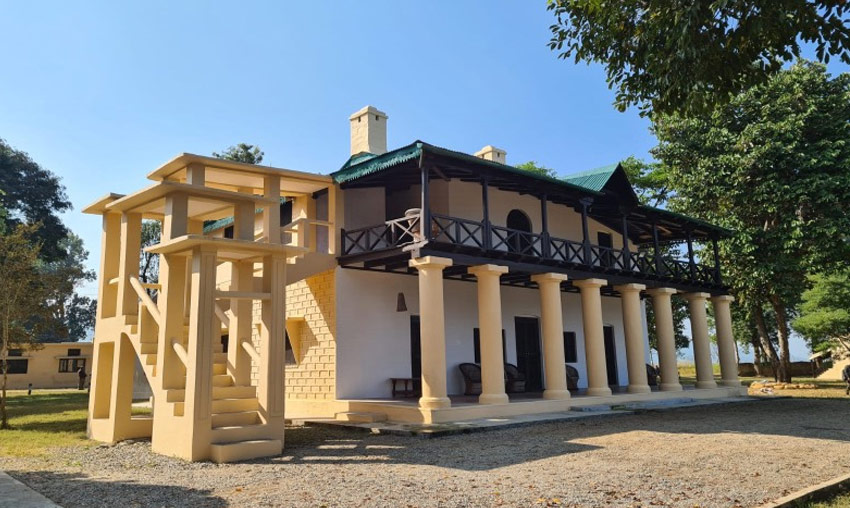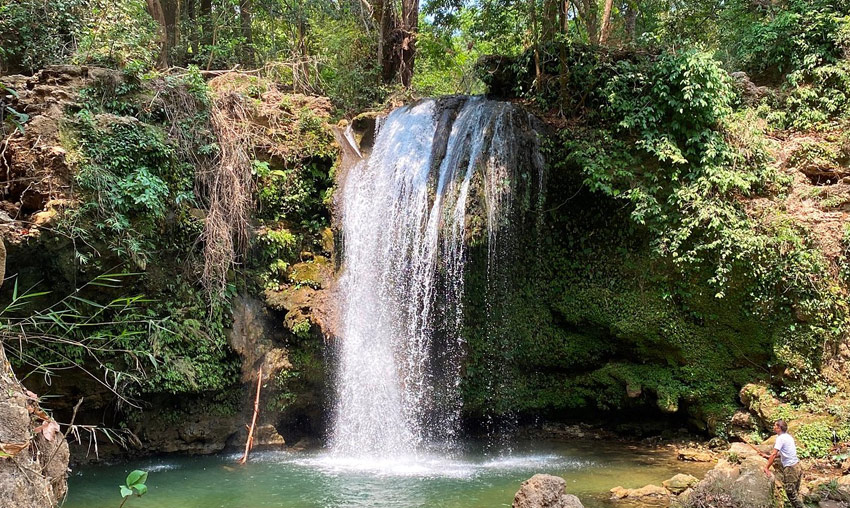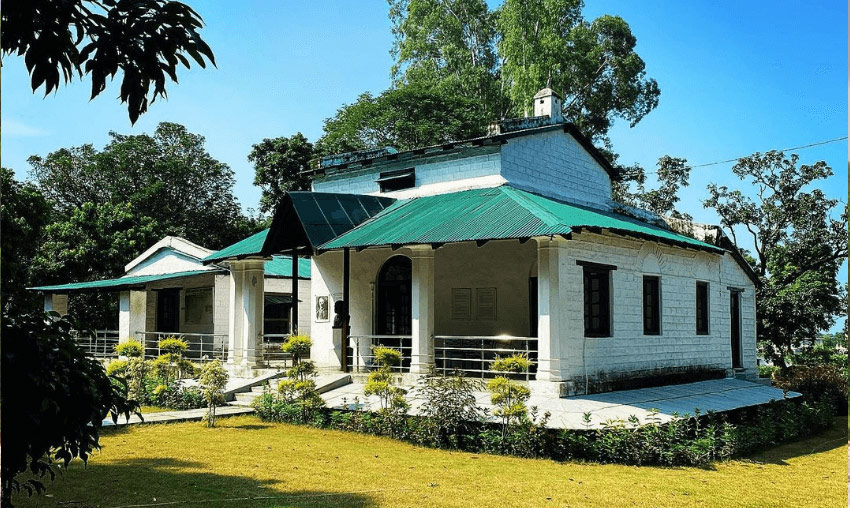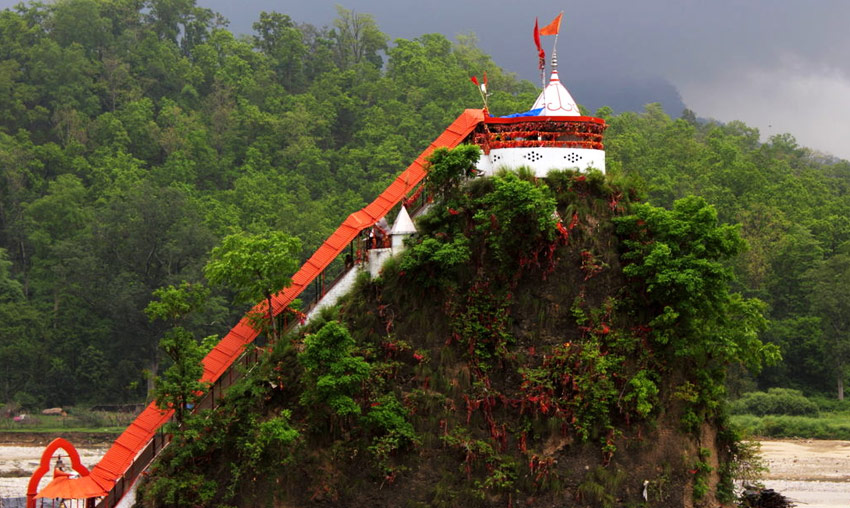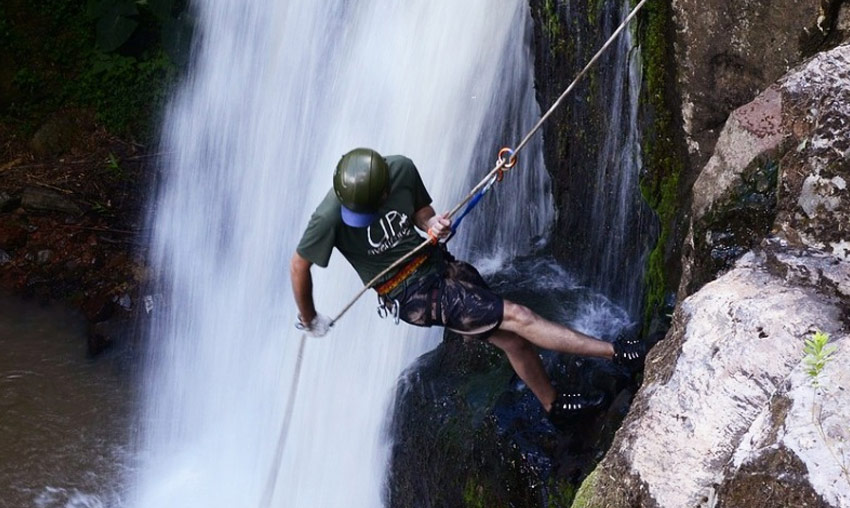Jim Corbett National Park - Home to the Royal Bengal Tiger
The oldest national park, Jim Corbett National Park, is located in Uttarakhand's Nainital district amid the Himalayan foothills. Corbett National Park is a part of the larger Corbett Tiger Reserve and is well-known for being home to the endangered Bengal tiger.
Several lodges are located on the banks of rivers in Jim Corbett National Park, which is well-known for its animal safaris. It is a birdwatcher's paradise, with over 650 species of rare and migratory birds calling it home. Dhikala, a forest lodge on the edge of Patil Dun Valley, is the most visited site in Corbett National Park because of its breathtaking setting and abundant wildlife.
The national park only allows 180 cars to enter in a single day. During the monsoon season, which runs from July to October, Jim Corbett National Park is closed. The tourism zones of Jhirna, Dhela, and Sitabani, however, are always open to visitors. The forest officers in charge of each zone arrange for two shifts of safaris.
The renowned naturalist and hunter Jim Corbett is the namesake of the Jim Corbett National Park, which was first created in 1936 as Hailey National Park. It was the original location of Project Tiger's 1973 launch. To encourage tourism, the park, which spans more than 500 square kilometres, is split into 5 zones: Bijrani, Dhikala, Jhirna, Domunda, and Sonanandi.
History of Corbett National Park
The British administration of colonial India first proposed the concept of creating a game reserve in this region of the nation as early as 1907. In the 1930s, renowned author and wildlife campaigner Jim Corbett helped the British government delineate the region. This area was designated as Hailey National Park in 1936, and it is a 300 square kilometer wildlife reserve. This reserve area was not renamed as the Jim Corbett National Park until 1955–1956, in honor of Jim Corbett and his unwavering dedication to wildlife protection.
In 1974, the acclaimed Project Tiger animal conservation program was chosen to begin in Jim Corbett National Park. In 1991, the entire Sonandi Wildlife Sanctuary was included in the immediate border of the Kalagarh Forest Division. This reserve is situated in Nainital, Uttarakhand, and is run out of the district office there.
More on Jim Corbett National Park Travel
Wildlife Safari in Corbett National Park
Jeep safaris, elephant safaris, and canter safaris are available at Jim Corbett National Park.
Jeep Safari: The most well-liked four-wheel drive vehicle for seeing the wilderness is the Jeep Safari. All five of the tourism zones—Bijrani, Jhirna, Durgadevi, Dhela, and Sitabani—allow it. In addition to the driver and guide, a jeep safari may accommodate six people and two kids.
Price: Indian: INR 4500 per jeep, Foreigner: INR 9000 per jeep
Timings: 6:00 AM - 9:30 AM and 3:00 PM - 6:00 PM
Canter Safari: The only way to explore the Dhikala tourism zone, home to the majority of Bengal tigers, is by Canter Safari. If you are travelling in a group of eleven or twelve, the ideal option is the canter safari, which is run in two shifts. Compared to jeeps, canters are substantially larger open-air vehicles.
Price: Indian: INR 1500 per person, Foreigner: INR 3000 per person
Timings: 6:00 AM - 11:50 AM and 12:00 PM - 6:00 PM
Indian and SAARC visitors must reserve their safari tickets 45 days in advance; foreign guests must book their tickets 90 days in advance. Bookings for overseas visitors require the details of their passports.
How to Reach Jim Corbett National Park
By rail and road, Jim Corbett National Park is well connected to all of India's main cities. It is conveniently accessible because it is situated in Uttarakhand's Ramnagar city, 260 kilometers from New Delhi. By road: Corbett National Park is easiest to get there from Delhi; it takes about 6 hours. The closest train station to Corbett is located about 12 km distant at Ramnagar. Regular trains connect it to every region of India via New Delhi. Tourists often don't like flying to Corbett National Park.
Best time to visit Jim Corbett National Park
The winter months of November through February, when all the zones are open and the greatest number of animals may be seen, are the ideal times to visit Jim Corbett National Park. Summertime is another excellent season to visit Corbett because it's when most animals around bodies of water are most visible. The park is usually closed during the monsoon season, which runs from June to August, so this is probably not the best time to visit.
Jim Corbett National Park Opening Dates:
Not every one of Jim Corbett's five zones is always open. Open all year round, the Jhirna Zone is home to a variety of birds as well as tigers on occasion. Year-round operation also extends to the Sitabani Zone. These zones feature stony plains that are easily passable during the monsoon, along with a drier area. The most sought-after area is the Dhikala Zone, which has the greatest concentration of tigers and cubs. However, this area is only accessible from November 15 to June 15 of each year. Similarly, the Durga Devi Zone is also open only between November and June. The Bijrani Zone is open from October to June. This is because the three zones are hilly and have dense forests, which are at a higher risk for landslides. The roads to these zones are also blocked in the monsoon. Keep in mind that the Park closes at night, and you cannot camp inside the premises.
